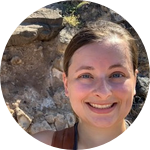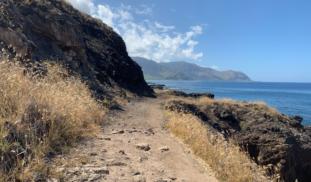Please wait...
About This Project
After the last ice age, temperatures in the Northern hemisphere rose and precipitation levels were dramatically altered. We are beginning to understand how these changes impacted many areas, but what about Hawaii? We have dated shells from extinct, endemic Hawaiian snails to this period of global change, and we will use isotopes from these shells to examine how Hawaii's environment changed. We hypothesize that rising temperature and lowered precipitation led to the extinction of these snails.

Browse Other Projects on Experiment
Related Projects
The End of an Era: Resolving the dinosaur extinction and the beginning of the "Age of Mammals" in Northwest Argentina
The extinction of non-avian dinosaurs 66 million years ago paved the way for the "Age of Mammals", but the...
Tooth plates in chimaeras and their relationship to teeth in sharks
The chimaeras (ghost sharks and spookfish) are a group of often deep sea fishes related to the sharks and...
Mastodons of Unusual Size: Exploring variation in American mastodon populations
American mastodons lived all across North America during the Ice Age. Paleontologists long suspected that...


